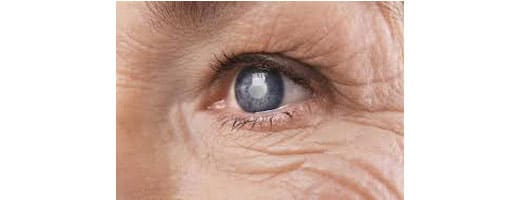Shedding Light on Glaucoma: National Glaucoma Awareness Month
January marks National Glaucoma Awareness Month, a crucial time to focus on a silent thief of vision that affects millions worldwide. Glaucoma, often referred to as the “silent thief of sight,” is a group of eye diseases that damage the optic nerve and can lead to vision loss and blindness. This blog aims to shed light on the impact of glaucoma on vision, its signs and symptoms, and its connection to low vision.
Understanding Glaucoma: Glaucoma is a progressive eye disease that damages the optic nerve, usually due to an increase in intraocular pressure (IOP). The optic nerve is responsible for transmitting visual information from the eye to the brain. As the nerve fibers deteriorate, blind spots develop in the visual field, and if left untreated, it can lead to permanent vision loss.
The Impact on Vision: Glaucoma typically affects peripheral vision first, making it challenging for individuals to notice gradual changes. Over time, the disease can advance and affect central vision, leading to significant visual impairment. Since glaucoma progresses slowly and often without noticeable symptoms in its early stages, regular eye examinations are crucial for early detection and intervention.
Signs and Symptoms:
- Gradual Peripheral Vision Loss: One of the key indicators is the gradual loss of peripheral vision, often unnoticed until it reaches an advanced stage.
- Blurred Vision: As the optic nerve damage advances, individuals may experience blurred or hazy vision.
- Halos and Glare: Glaucoma can cause increased sensitivity to light, leading to the perception of halos or glare around lights.
- Headaches and Eye Pain: In some cases, individuals may experience headaches and eye pain, particularly when the intraocular pressure is significantly elevated.
Relation to Low Vision: Low vision refers to significant visual impairment that cannot be corrected with traditional glasses, contact lenses, medication, or surgery. Glaucoma is a leading cause of low vision and blindness worldwide. The irreversible damage to the optic nerve compromises the ability to see details and can greatly impact daily activities such as reading, driving, and recognizing faces.
Prevention and Management:
- Regular Eye Exams: Comprehensive eye examinations are crucial, especially for individuals over the age of 40 or those with a family history of glaucoma.
- Eye Pressure Monitoring: Regular monitoring of intraocular pressure can help identify individuals at risk.
- Lifestyle Modifications: Maintaining a healthy lifestyle, including regular exercise, a balanced diet, and avoiding smoking, can contribute to overall eye health.
- Medication and Surgery: Depending on the type and severity of glaucoma, medications or surgical interventions may be recommended to manage intraocular pressure and slow down the progression of the disease.
Conclusion: National Glaucoma Awareness Month serves as a reminder of the importance of proactive eye care and early detection. By understanding the impact of glaucoma on vision, recognizing its signs and symptoms, and acknowledging its connection to low vision, individuals can take the necessary steps to preserve their sight. Regular eye examinations, healthy lifestyle choices, and prompt intervention can make a significant difference in managing glaucoma and maintaining optimal eye health.


